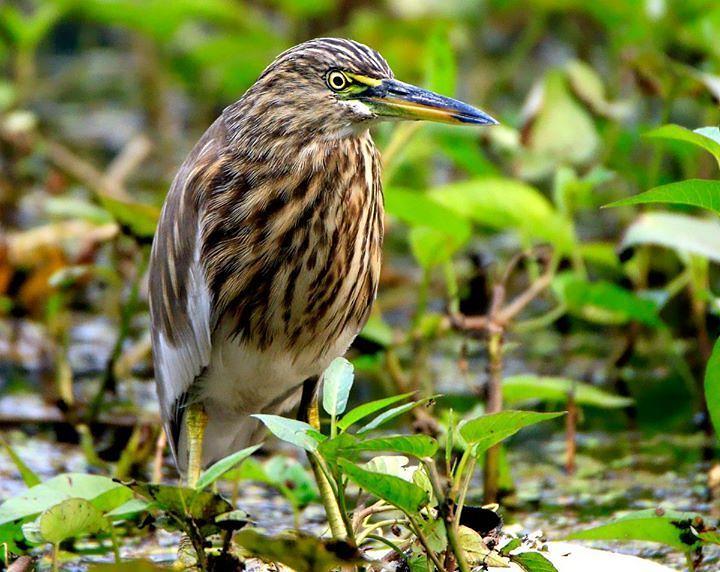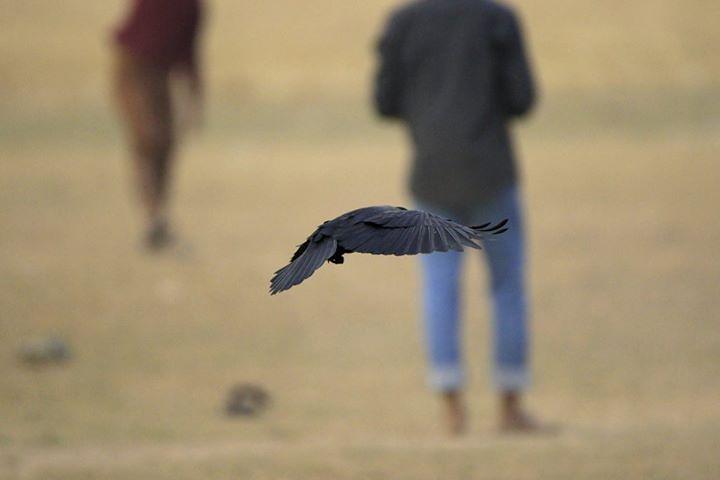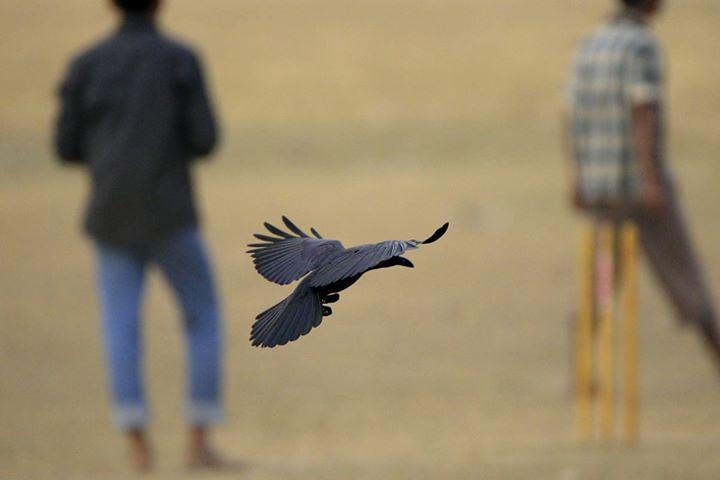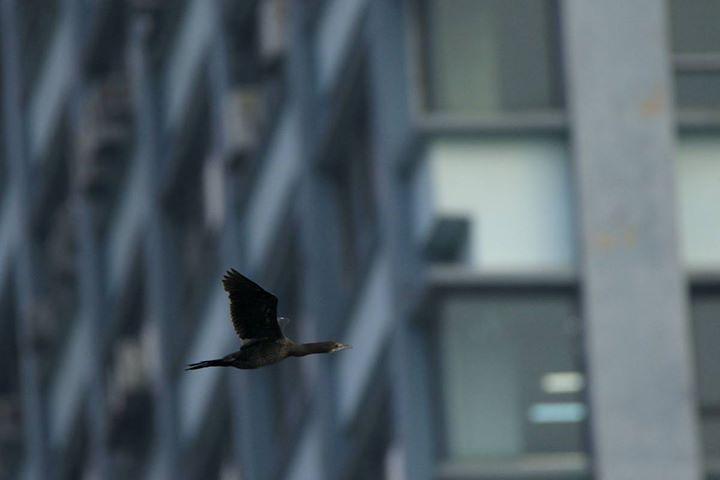Tamron 150-600 VC has already earned the reputation of a value for money lens for the enthusiasts with a limited budget and also doing the duty of an ultra zoom for the photographers having super telephotos like 500F4/ 600F4 as a back-up lens or a lens for the wildlife. But, being originated from a third party manufacturer, it has it’ s own share of problems – this lens has a variable performance matrix depending on the camera body it is working with. It works surprisingly well with Nikon enthusiast bodies like D7000/ D7100 but it’ s performance varies with Canon bodies. Although, Tamron is quietly upgrading it’ s firmware to version 2.0 for Canon EF mount lenses, there is no official recall of the lenses it produced before May 2014. Lenses produced for Canon after May 2014 are being shipped with new firmware, which is giving superior performance in terms of focus speed, target locking and tracking. However, even after the firmware upgrade, performances are yet to fall in line evenly for all Canon bodies. It works perfectly with a 40D, not so well with a 50D (issues with single shot AF, but works neatly in AI Servo), no major issues with 60D, works best with 70D and worse with a 7D.
Field Testing – Tamron 150-600 VC on a Canon 7D Mark II

Canon 7D Mark II (Released Dec 2014) is the current king of APS-C segment. With a tough as a nail weather sealed magnesium alloy body, 10 frames per second frame rate, superior high ISO performance and a marvelous all 65 cross type AF points, it is touted as a mini 1DX. The camera’ s metering system enjoys a significant upgrade from the 63 zone iCFL system of the original 7D and 5D Mark III to a new 150, 000 pixel metering system that shares some of the technologies from the flagship 1Dx. In particular the 7D Mark II sports Canon’ s Intelligent Tracking and Recognition which combines information from the metering sensor and entire 65-point AF system to figure-out what you’ re trying to shoot; behind the scenes, face detection is also deployed to prioritize faces for focusing and metering. The 7D Mark II performed as expected with most Canon EF/ EF-S lenses, that is brilliantly. But will it deliver the same performance with Tamron 150-600 VC? Or, it is more appropriate to ask, how much the Tammy can deliver mounted on a 7D Mark II body? A whole new possibility will open up if the lens performs as much as the Canon. The Tammy begs for high ISO shooting, often asks for ISO 1600-ISO 2000 to justify it’ s 960mm FOV on a crop body and slow F6.3 maximum iris. On the other hand, the 7D Mark II handles upto ISO 3200 without any issue and boasts world’ s best servo focus tracking on any APS-C body. If this combo can compliment each other well, we can get a great wildlife cum birding tool at a relatively lower cost delivering 600mm (FOV 960mm) 10 FPS and brilliant Servo tracking! I am getting lots of queries about the quality and performance of this combo from my birder friends, most holding a 7D in their hand, willing to upgrade to a mark II and flirting with a lovely Tammy 150-600 kept at a show window of a nearby retailer. I decided to figure out and test the combo at field (with the Tammy which i own with a borrowed 7D Mark II body from a friend).
I planned to go out to Park Street Maidan for testing as black kites are always available flying over and occasionally picking up leftovers of foods by visitors. The days was damp and cloudy, prompted me to pump up the ISO to 1600 to get a decent shutter speed. I also planned to test the servo tracking ability on fast moving cars and bikes both ‘moving towards’ me and ‘moving away’ from me situations. A nearby water-body has some pond herons and cormorants too. In short, the place has everything to offer to test me this combo.
Stationary bird at low light:
The combo performed well in acquiring focus, acquisition was quick and confident, without hesitation. I used back button focusing for all cases, single shot AF or AF servo.

After checking all the shots of stationary objects i took with this combo, i can say that it performed nicely with a great keeper rate. Acquisition of focus under difficult situation (when object is small and over a busy background), the combo performed rather well, almost at par with my 1D Mk III body.
Birds flying over a busy and dynamic background:
This is ought to be a tough call for any combo. The general tendency is to lose focus momentarily and targeting the background – often resulting in hunting focus. Our combo did particularly well here, honestly much beyond my expectation. A low flying crow was target over the busy and dynamic background of a field where kids were playing cricket. With the push of the back focus button, the crow was in focus, no hesitation here. The following photo sequence will describe how intelligently the crow was tracked, while the background and the crow, (the subject) both were in motion.



Birds flying over a busy and changing background:
Here the challenge is to track a bird during it’ s flight over busy and low contrast background, clear sky and medium contrast background in a single tracking shot. Remember, how many times, your cam focused on the vegetation rim of the lake leaving the duck, the moment it left the clear background of the water? All bird photographer had got the taste of this frustration and agony of missing a well deserved shot like this. Our combo could acquire focus of this cormorant within second, even over a low contrast background (Photo – 5).

This itself is a great feat, I am sure my 1D Mk III would hesitate here. Then the cormorant kept on flying over that building, then leaving the building to open sky, then over another building again leaving it for open sky. The combo has bitten the focus like a hound and never let it go! I was overjoyed to the core of my heart, as this is probably the hardest test to pass, and 7D mk II plus Tammy 150-600 VC combo passed this test with flying colors, literally!
Tracking a speeding car:
The road adjacent to Park Street Maidan is a high speed way and I took several cars, bikes and got most of the shots in sharp focus. The focus tracking loss was minimal and limited to shots where the car was speeding away from me. In generally, satisfactory tracking resulted very high number of keepers. Needless to say, my expectation had already reached at a very high level after it tracked the cormorant so well.
Summing it up:
The combination performed exceptionally well and handled serious challenges pretty well. In single shot AF, focus locking was fast and precise, giving tack sharp shots and preserved the reputation of the lens. More tough situation in tracking moving objects under busy and variable backgrounds, it worked in tandem with brilliant AF system of 7D mark II and delivered perfect shots. The capability clearly was better than that of the lens performed with 1D Mark III & IV bodies. The benefits are very good image quality even at high ISO, perfect AF tracking and exceptional reach. All at an affordable cost. Highly recommended.